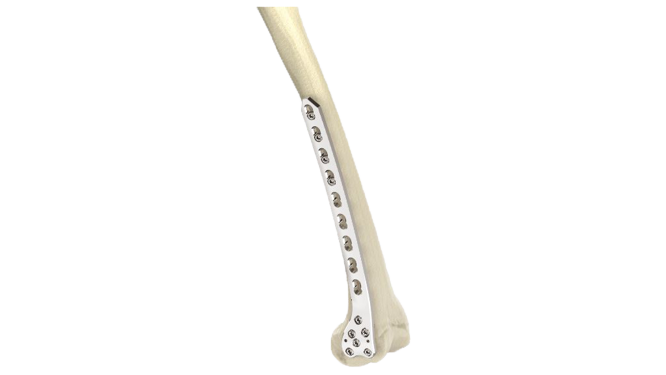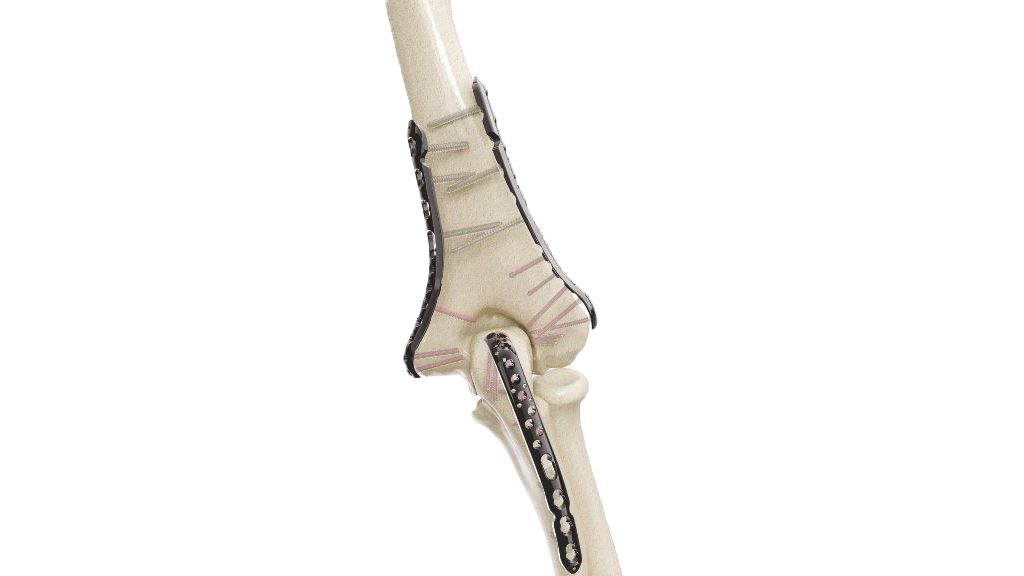Compact Hand Plates - 2.0 mm Y-Adaption Locking
Product Overview
Introducing our cutting-edge orthopedic implant, the Compact Hand Plates - 2.0 mm Y-Adaption. Precision-engineered for excellence in hand surgery, this innovative implant offers the ultimate in stability and adaptability. With a specialized Y-Adaption design, it ensures seamless integration with the intricate structures of the hand. Crafted from high-quality materials, it exemplifies the latest advancements in orthopedic innovation. Choose the best for your patients—choose Compact Hand Plates for optimal hand function and healing.
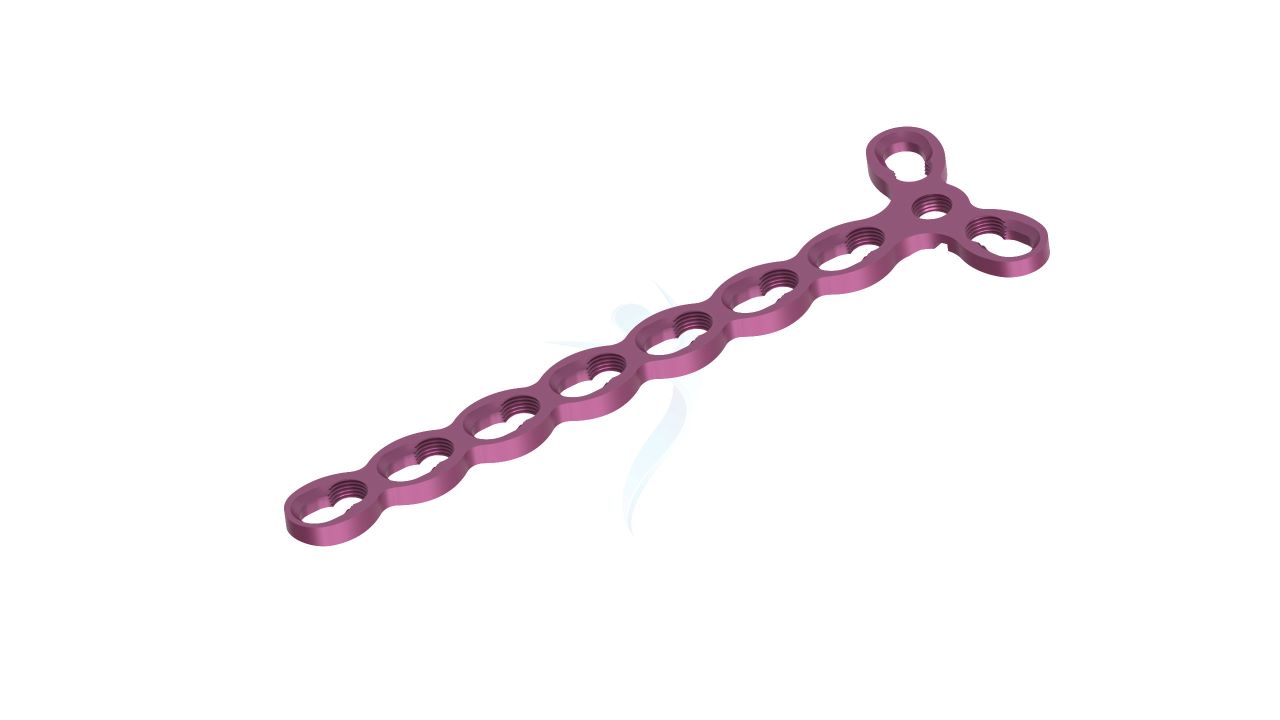
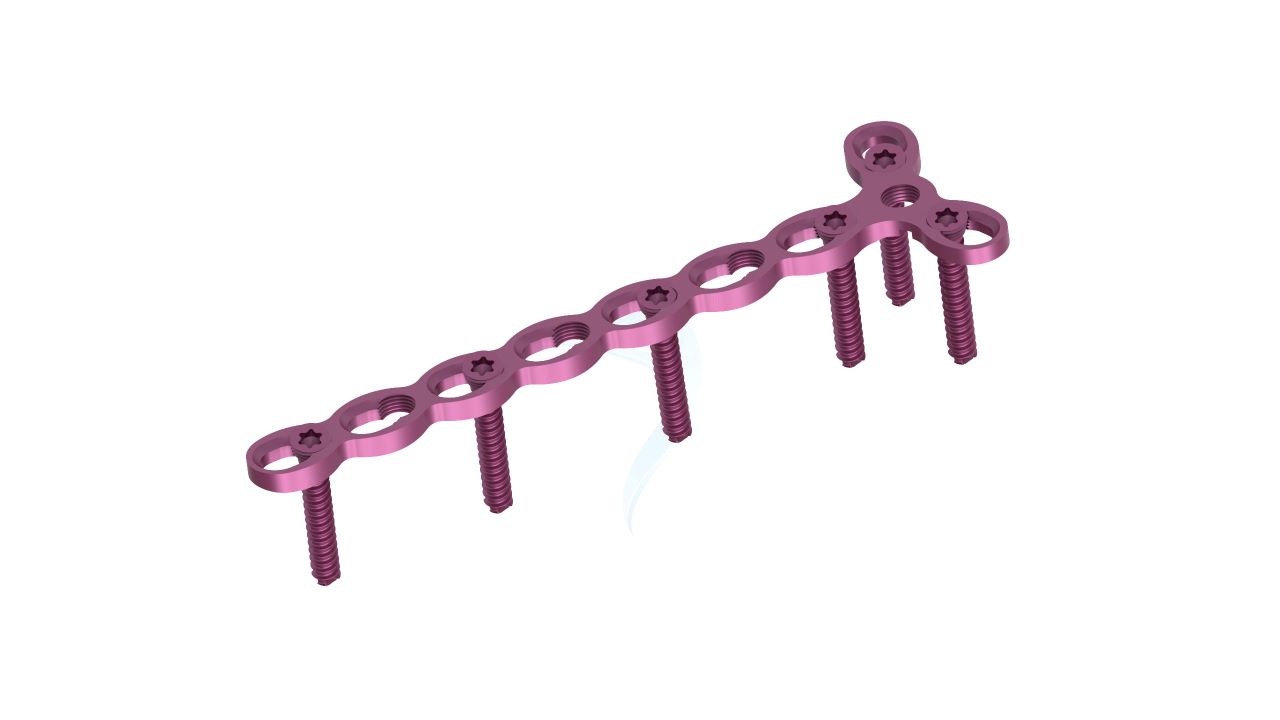
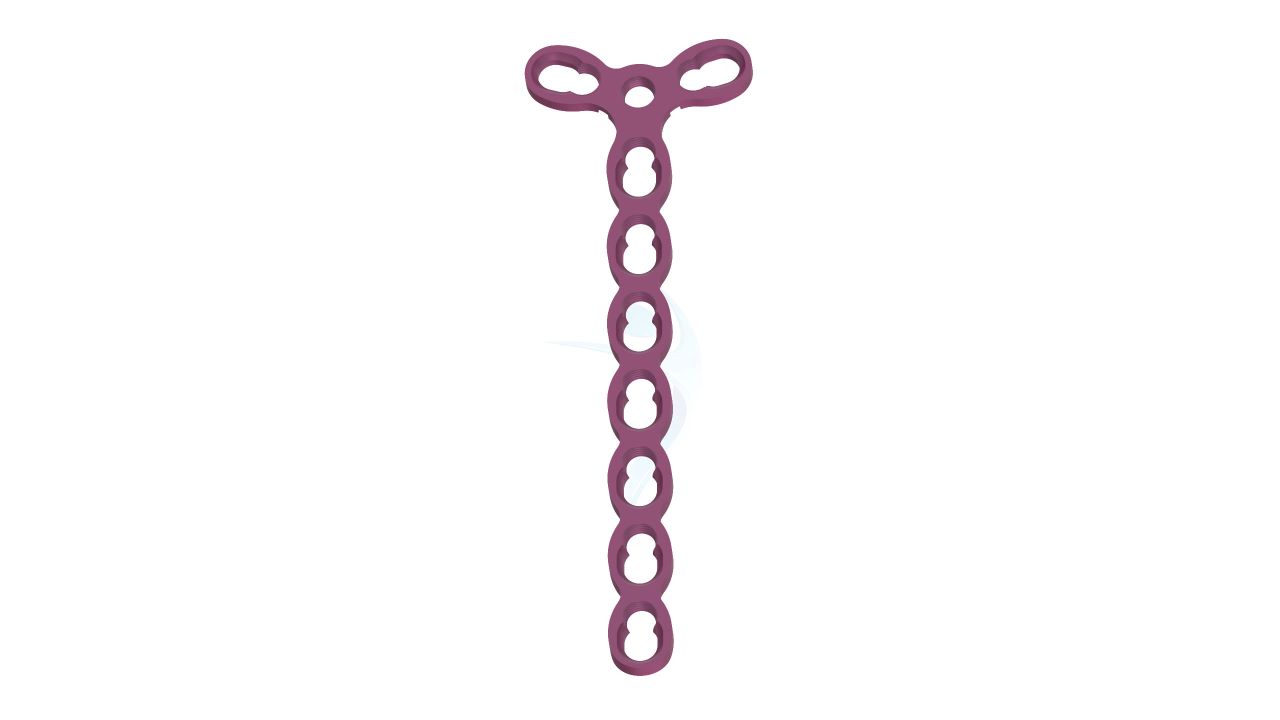
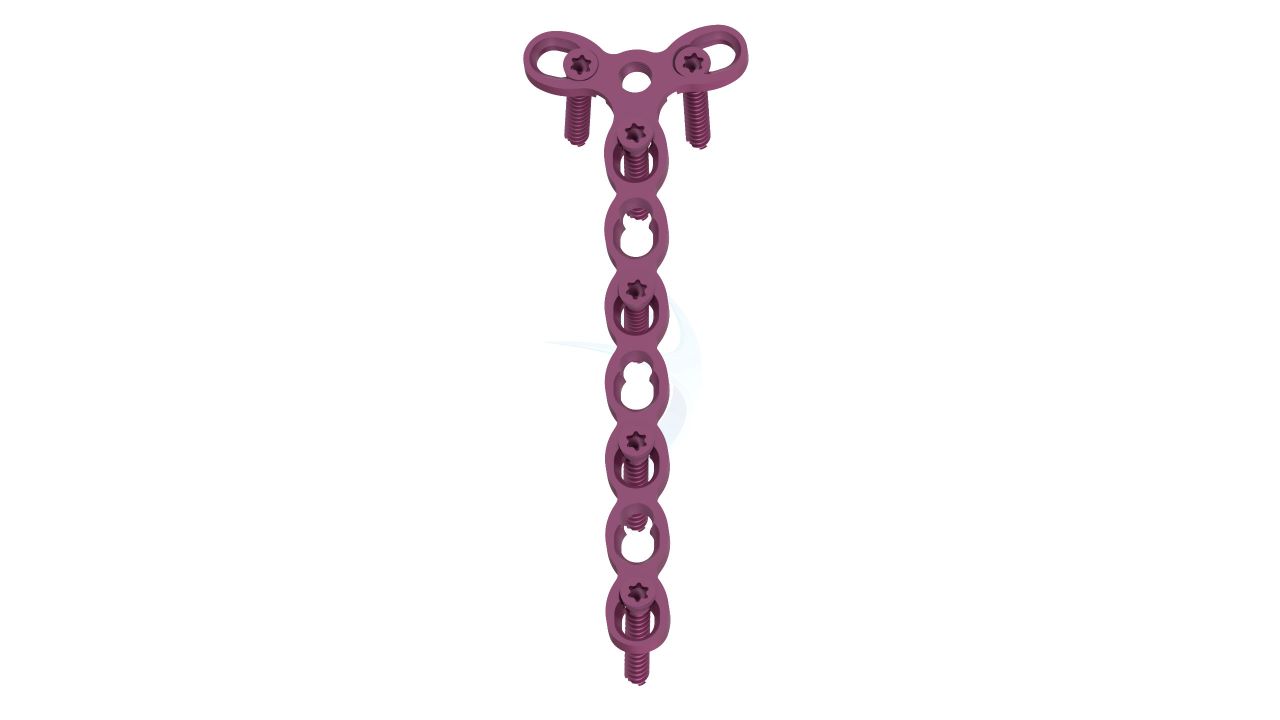
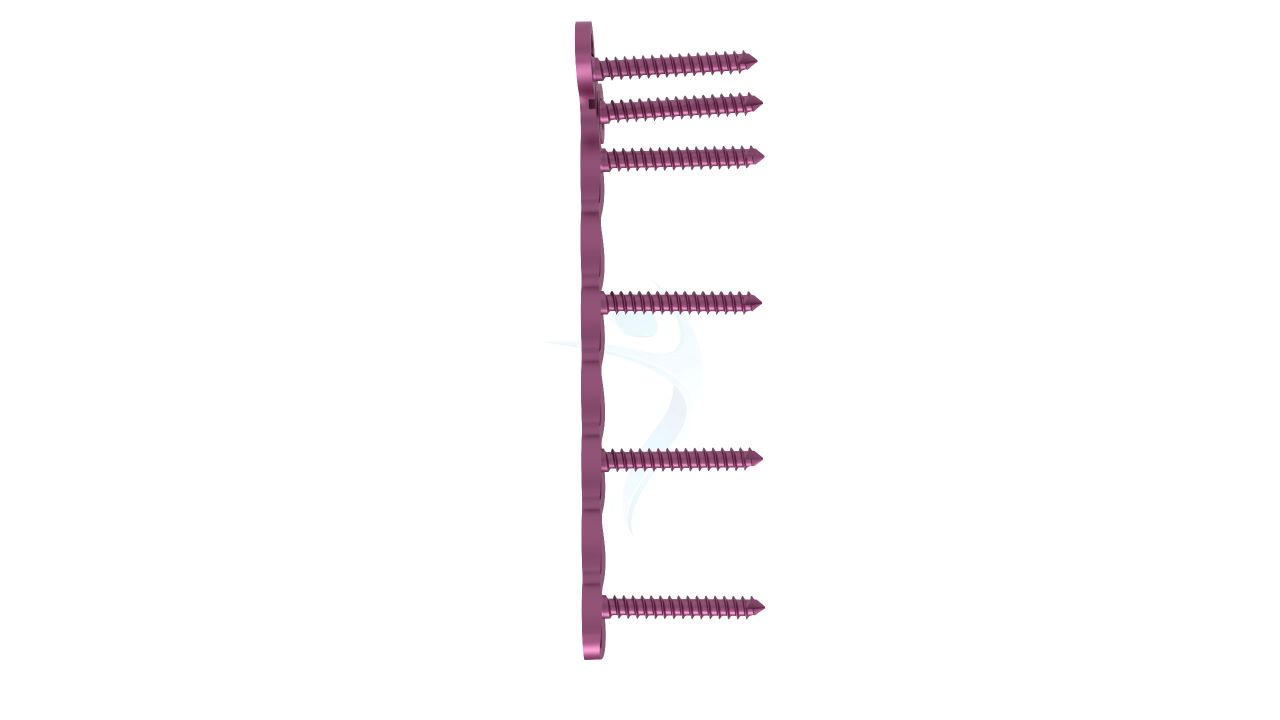
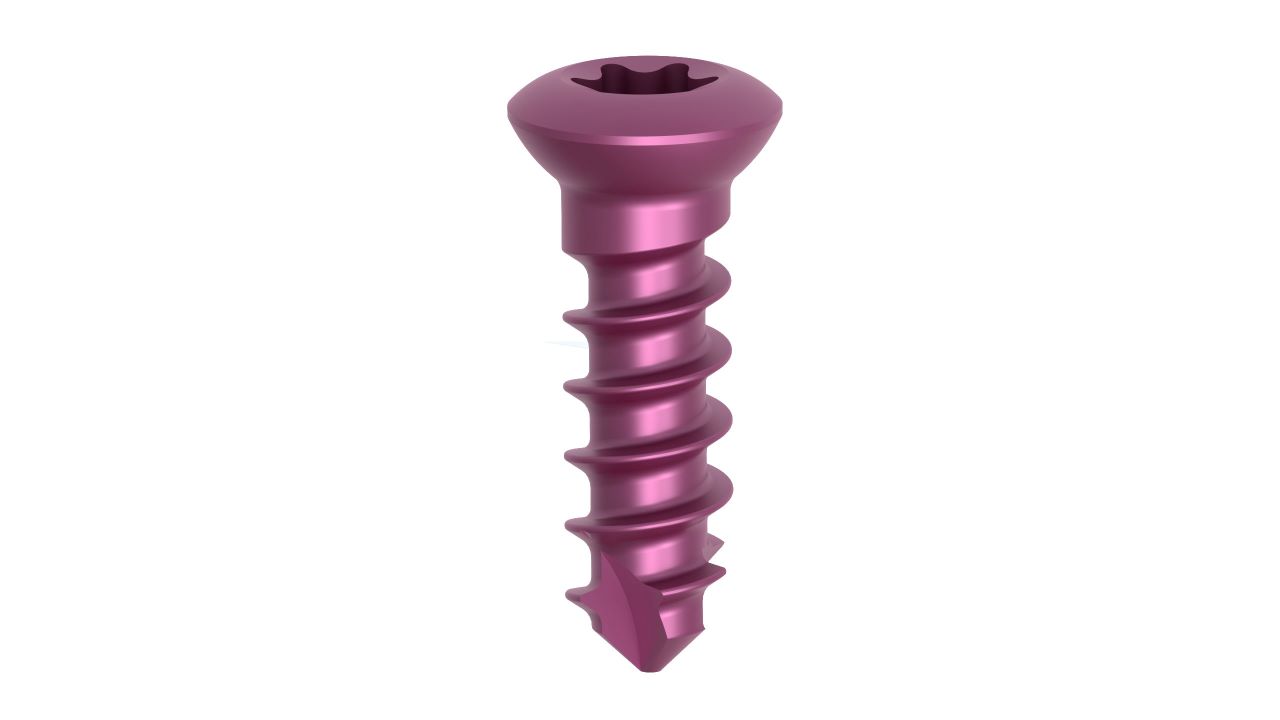
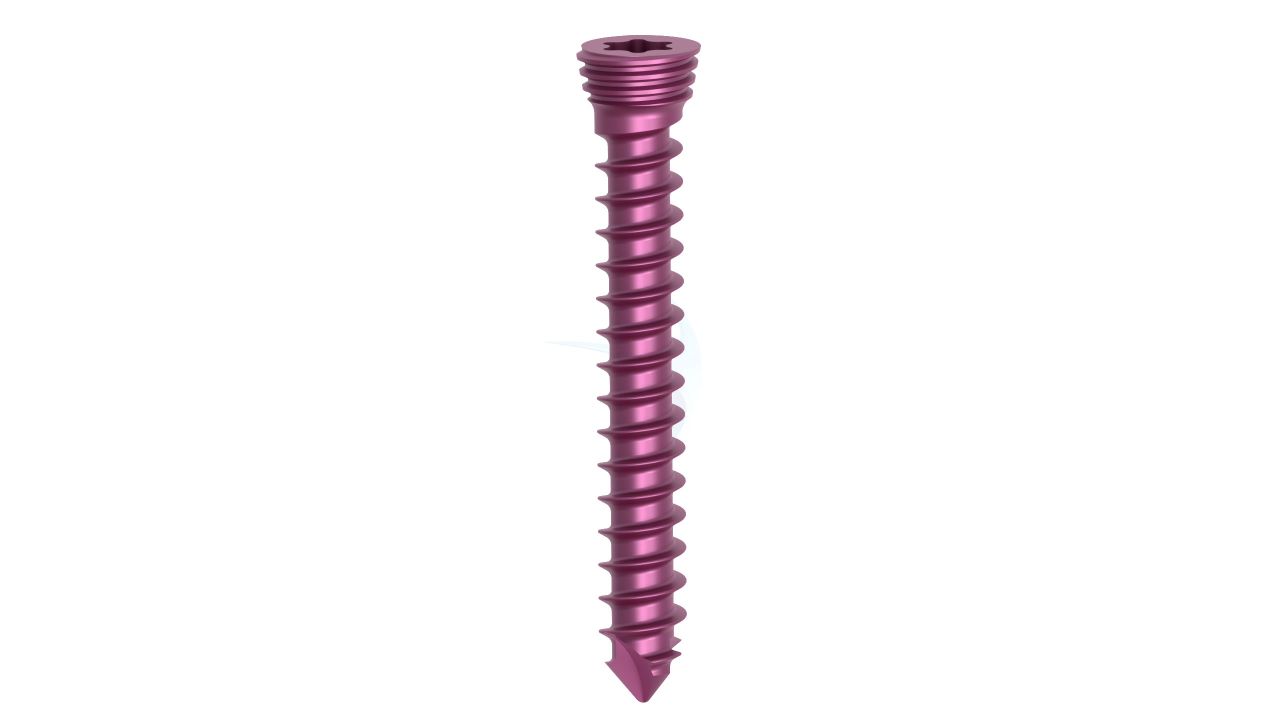
Product Uses
- Fracture Fixation : These plates are primarily used to stabilize and fixate hand fractures, ensuring proper alignment and healing.
- Bone Repair : They provide essential support for repairing bone defects, non-unions, and malunions in the hand, restoring structural integrity.
- Y-Adaption Design : The specialized Y-Adaption design allows for seamless integration with the hand's complex anatomy, ensuring a secure fit and stability.
- Orthopedic Trauma Surgery : Surgeons rely on these plates for the treatment of various hand traumas, including crush injuries, high-impact accidents, and sports-related injuries.
- Customized Fixation : The Y-Adaption design offers adaptability and can be customized to match the patient's unique anatomy and fracture pattern.
Product Specification
- Size : The Plates have a width of 2.0mm, providing strength and stability while accommodating the delicate structures of the hand.
- Material : Constructed from high-quality medical-grade titanium alloy, known for its biocompatibility, corrosion resistance, and strength.
- Design : The Plates feature a specialized Y-Adaption design, allowing for seamless integration with the hand's complex anatomy.
- Thickness : The Plates are designed to have a low profile while maintaining structural integrity, contributing to minimally invasive surgical techniques.
- Screw Compatibility : Compatible with orthopedic screws of matching dimensions (2.0mm) for secure fixation.
- Number of Holes : The Plates may have multiple screw holes for secure fixation, and the Y-Adaption feature allows for adaptability in screw placement.
Compact Hand Plates - 2.0 mm Y-Adaption Sizes
Comprehensive Guide for Compact Hand Plates 2.0 mm Y-Adaption
- Patient Evaluation : The surgeon conducts a thorough evaluation of the patient's medical history, hand condition, and any previous surgeries.
- Imaging : X-rays, CT scans, or other diagnostic imaging studies are conducted to evaluate the hand's anatomy, the nature of the injury or condition, and the precise location for surgery.
- Medical Clearance: If the patient has underlying medical conditions, they may need to obtain medical clearance from their primary care physician or specialists to ensure they are suitable for surgery.
- Surgical Planning :The surgeon reviews the imaging results to plan the procedure, including the selection of the appropriate plate size, length, and the placement of the "Compact Hand Plates - 2.0 mm Y-Adaption" based on the patient's unique anatomy and the specific hand issue.
- Informed Consent : The surgeon thoroughly discusses the surgical procedure, potential risks, benefits, and expected outcomes with the patient. Informed consent is obtained to ensure the patient's understanding and agreement to proceed.
- Anesthesia Evaluation : An anesthesia consultation may be conducted to determine the most suitable anesthesia approach (local, regional, or general anesthesia) based on the patient's medical history and the surgical complexity.
- Patient Positioning : The patient is positioned on the operating table with the affected hand accessible and exposed within a sterile field.
- Incision : A carefully planned incision is made over the area of the hand requiring surgery. The incision's length and location depend on the specific condition and surgical approach.
- Fracture Reduction or Reconstruction : The surgeon manipulates and reduces fractures or performs reconstructive procedures as needed, ensuring proper alignment.
- Plate Placement : The "Compact Hand Plates - 2.0 mm Y-Adaption" are positioned over the fracture or surgical site. The surgeon selects the appropriate holes for screw placement to achieve stable fixation and alignment.
- Screw Fixation : Orthopedic screws, matching the plate's dimensions (2.0mm), are inserted through the plate's Y-Adaption design and into the bone to secure the plate in place.
- Wound Closure : The incision is meticulously closed using sutures or staples, ensuring a clean and infection-free wound closure.
- Recovery Room : The patient is monitored in the recovery room to ensure stable vital signs and the absence of immediate post-operative complications.
- Pain Management : Pain management protocols are initiated as needed to keep the patient comfortable.
- Physical Therapy : Depending on the surgeon's recommendations, physical therapy and rehabilitation exercises may be initiated to promote hand mobility, strength, and function.
- Follow-Up Appointments : The patient is scheduled for follow-up appointments with the surgeon to monitor the healing process, remove sutures or staples, and assess overall recovery.
- X-ray Monitoring :Regular X-rays are taken to evaluate bone healing, the position of the implant, and the progress of hand recovery.


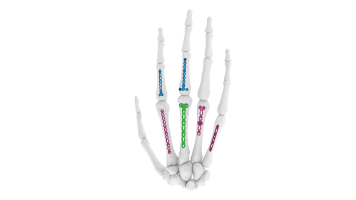
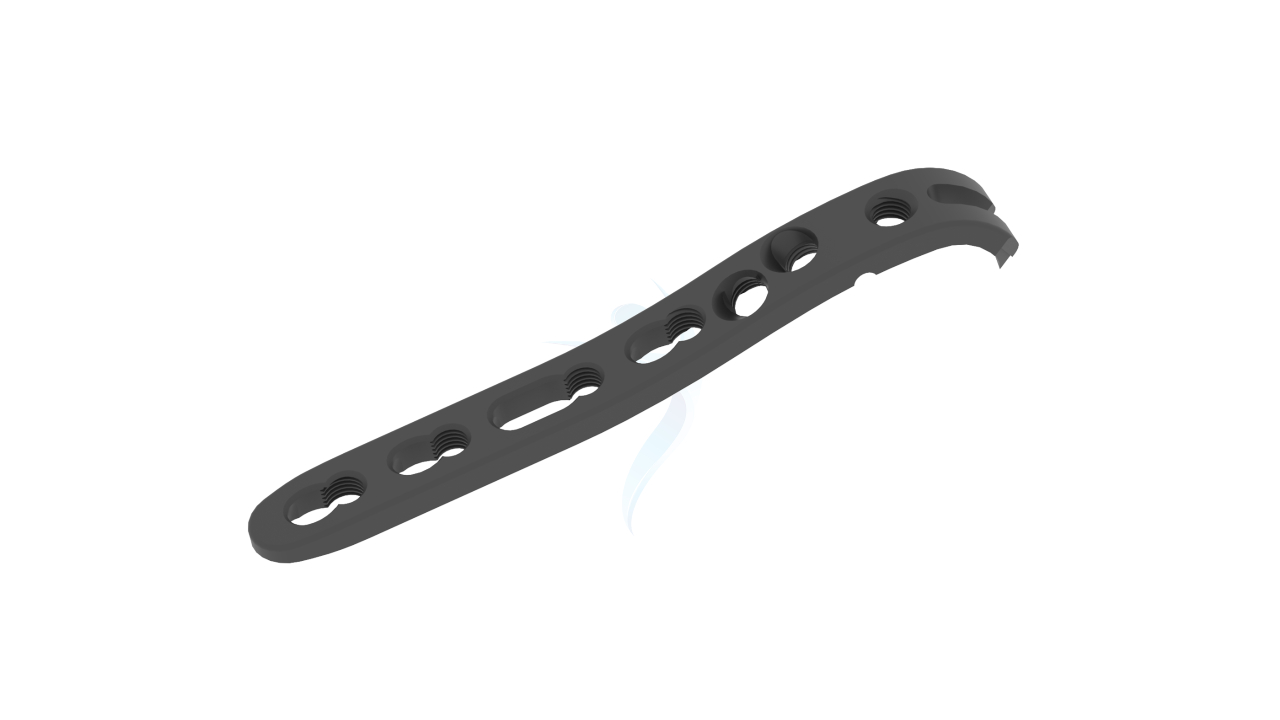
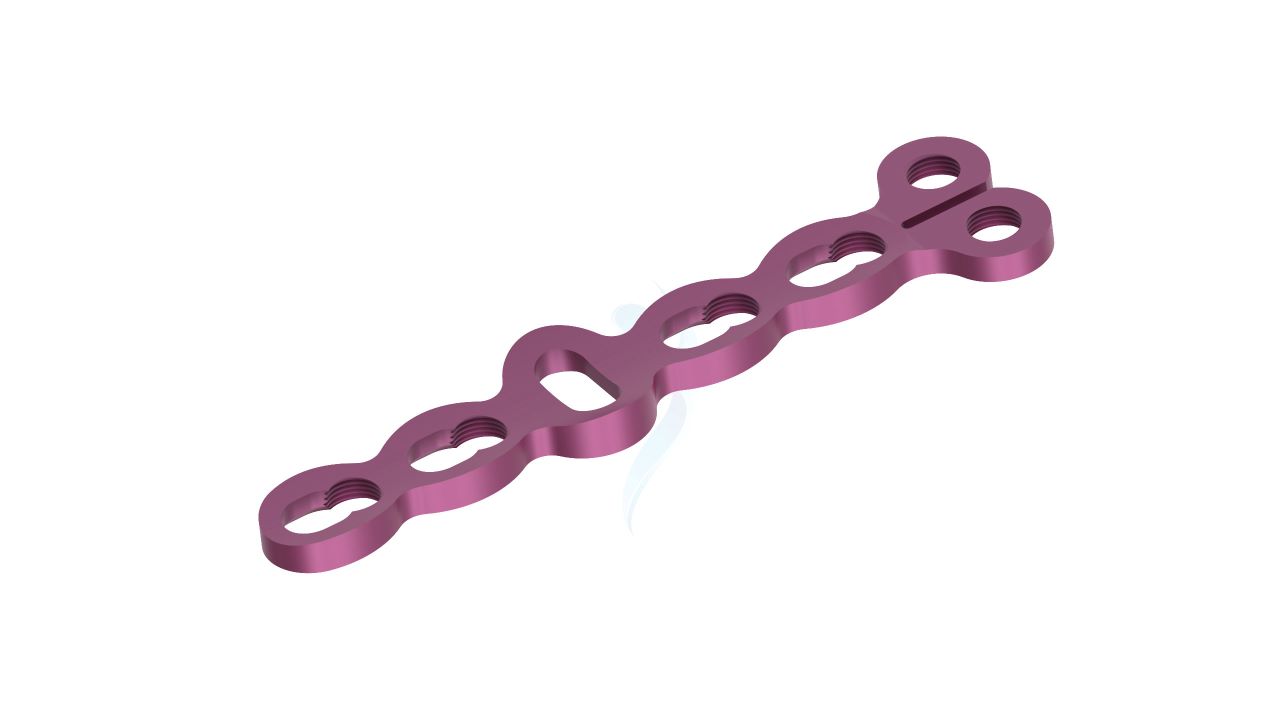
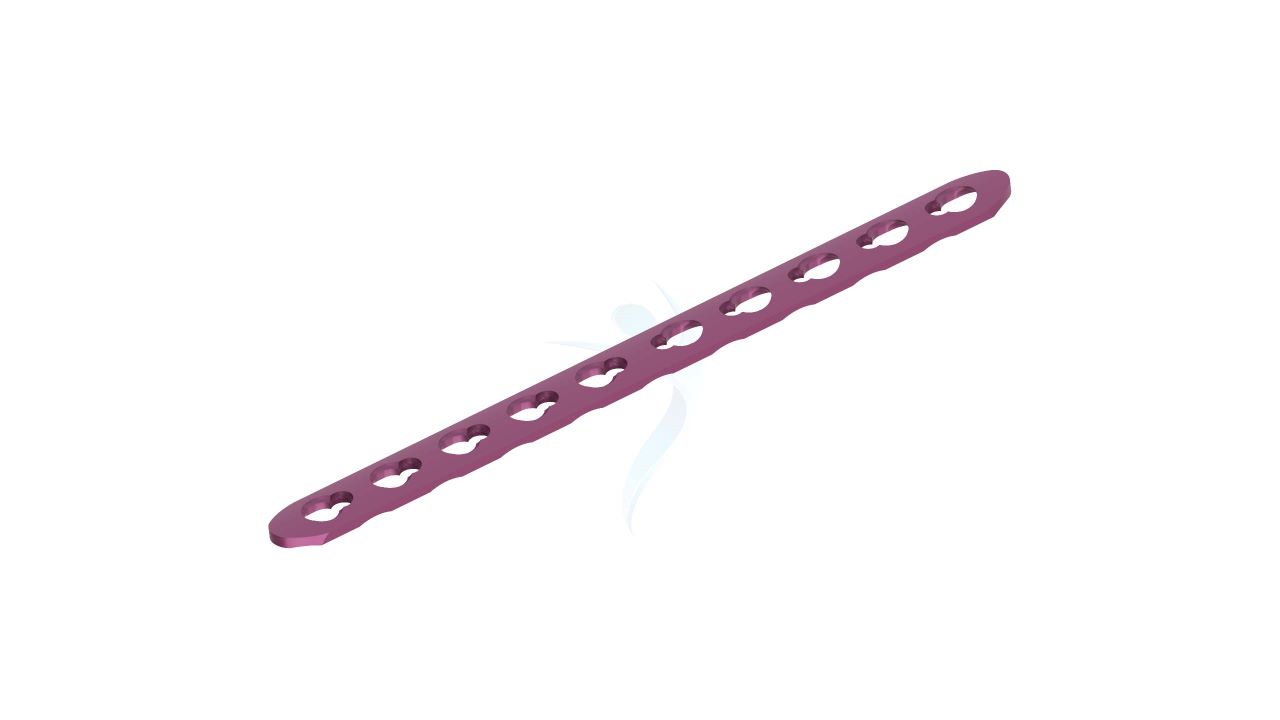
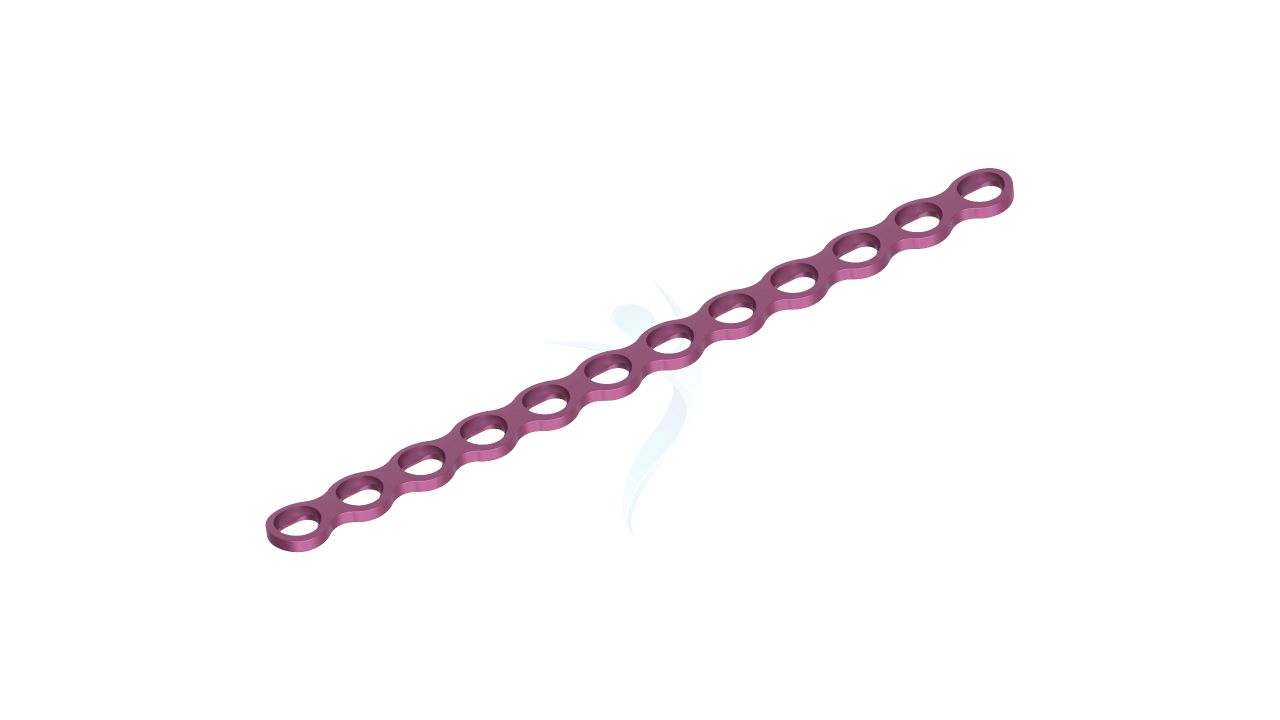
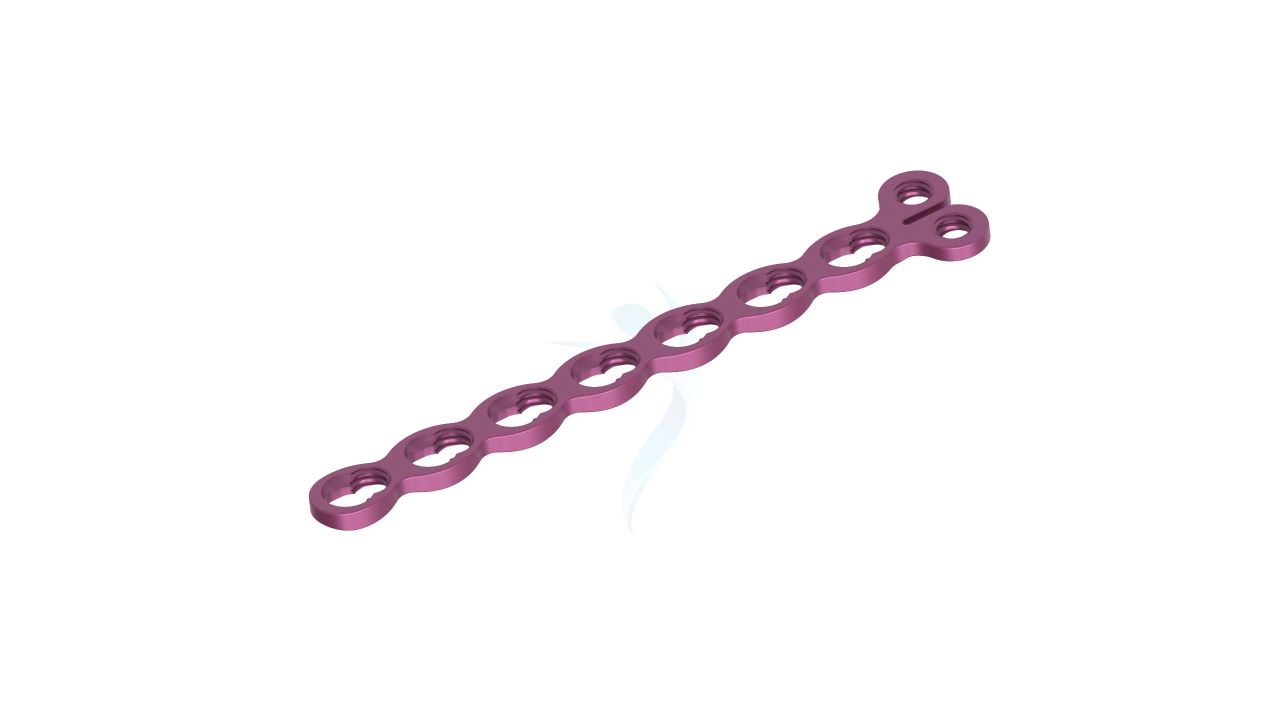
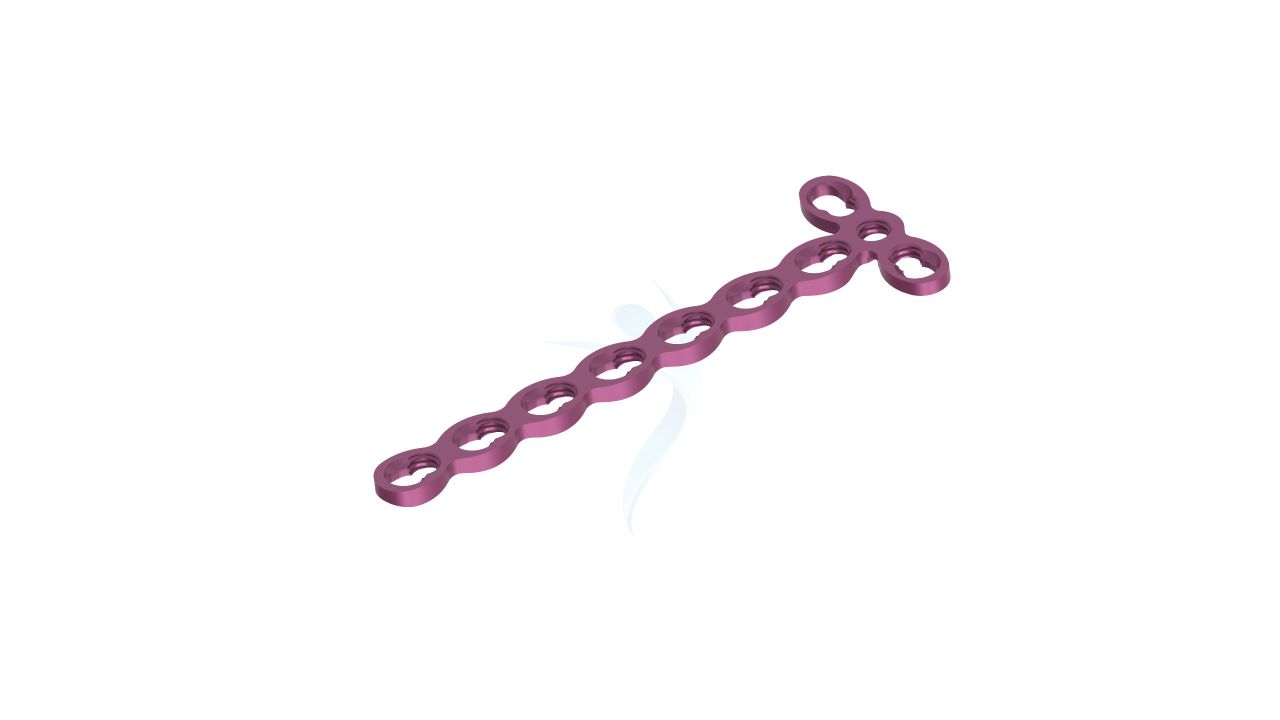
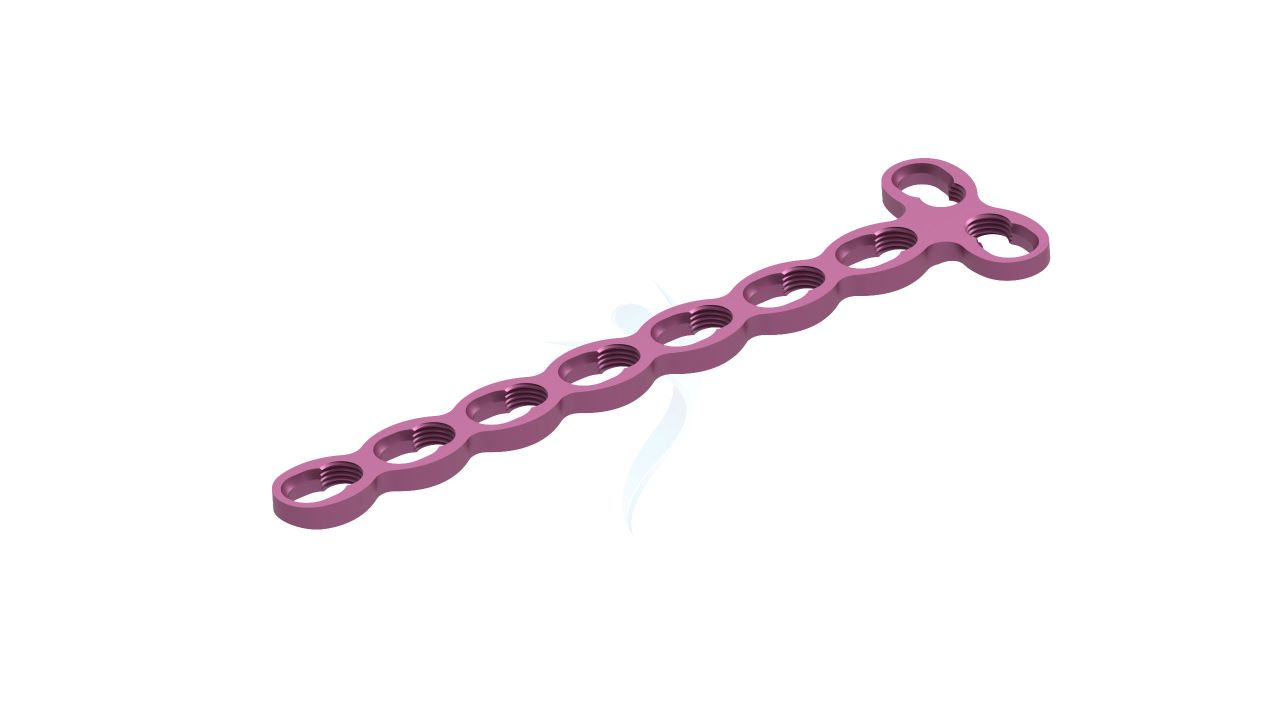
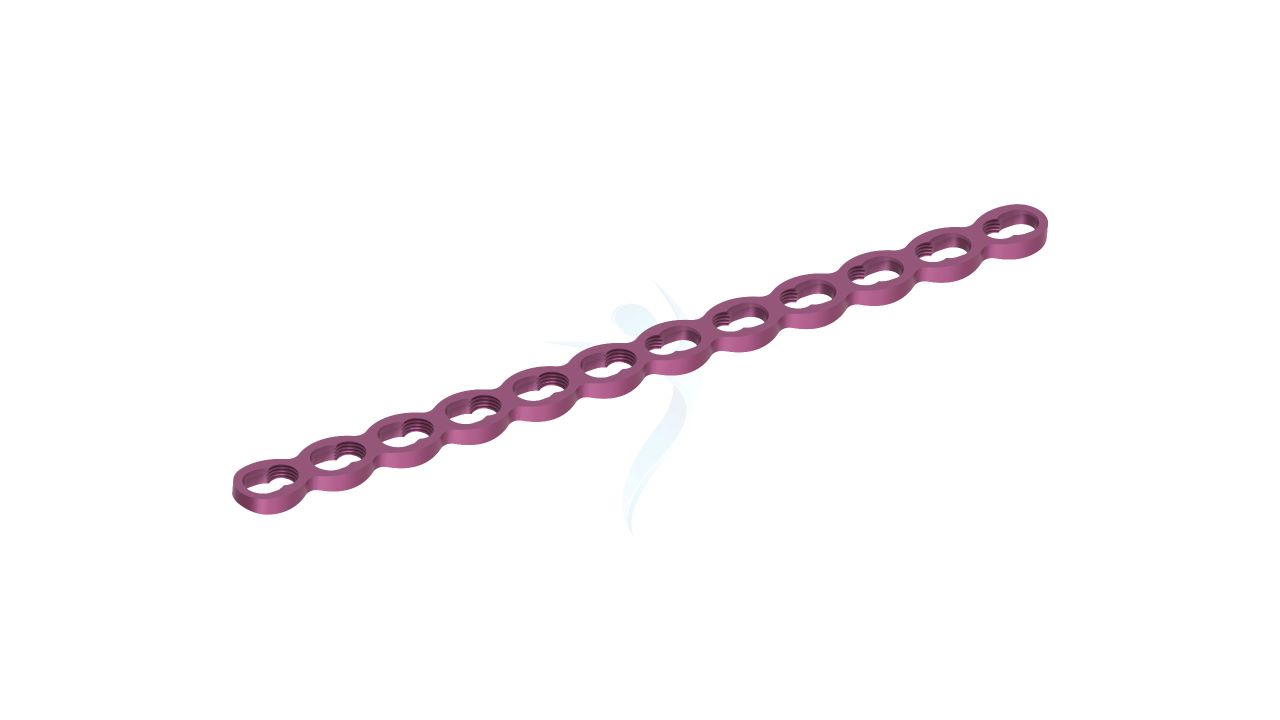
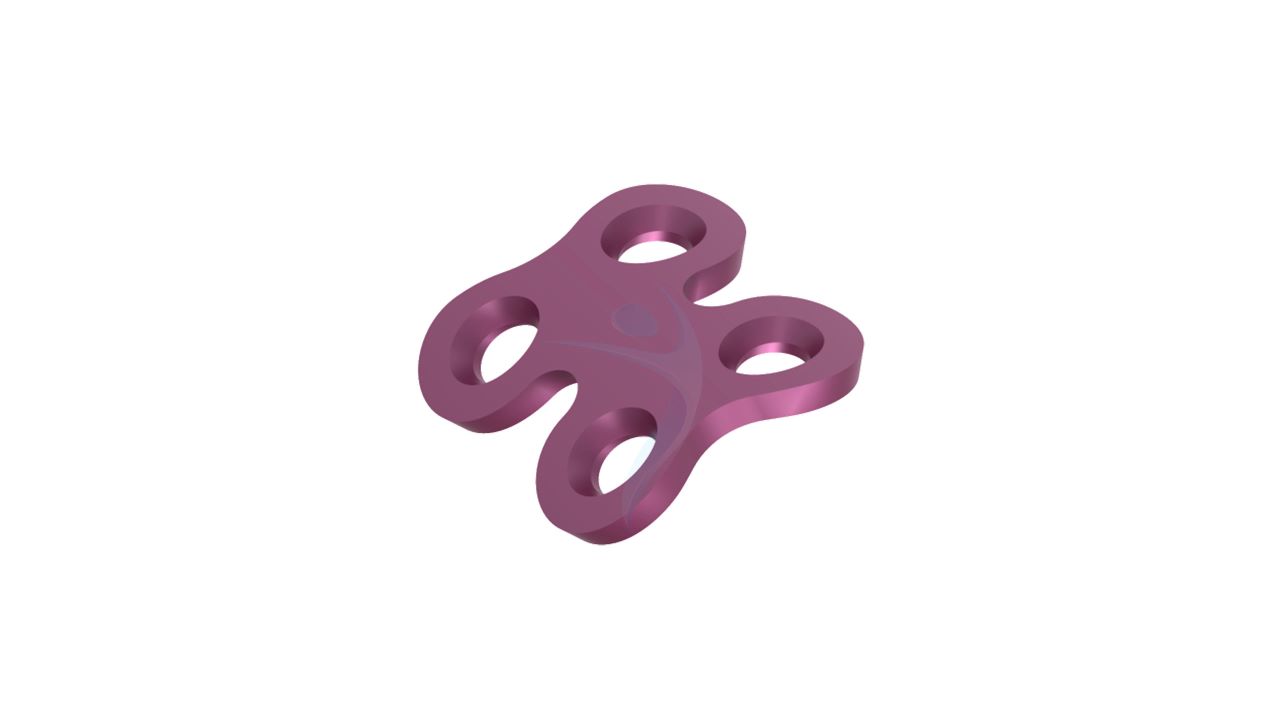

.png)

